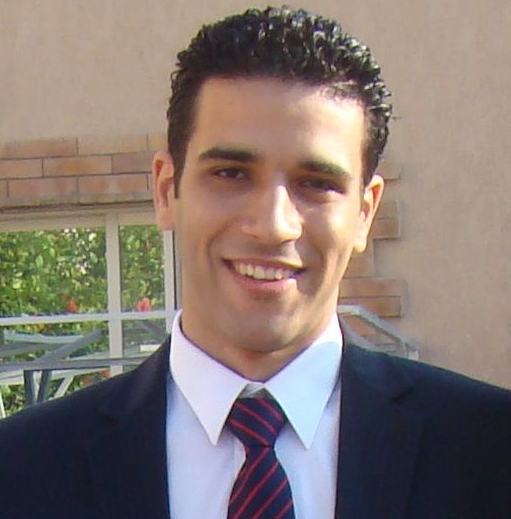Bridges of America Overview
Bridges of America was founded in the year 1980 by an ex-felon released from the Florida Department of Corrections named Frank Constantino. He experienced a call to helping individuals who had just come out of prison adjust into society and live better lives. He opened the first after-care program in the city of Orlando to achieve this mission. Frank’s daughter took up the role of leadership as CEO after his death in 2006 and now incorporates evidence-based treatment. As of now, Bridges of America offers its services to over a thousand inmates and criminal offenders yearly and currently offers an inpatient and outpatient treatment program for adults and adolescents who struggle with addiction problems. The Bridge Program emphasizes a holistic method of recovery which is based on the 12-step system. The organization has three existing locations in Central Florida asides its headquarters which provides a residential program as an alternative to imprisonment for adults facing felony charges. In Bridges of America’s residential program, there are three phases of treatment which can last up to 9 months depending on the client. The individualized treatment plan designed for clients at Bridges of America consists of a myriad of activities focusing on recovery. Every client usually receives some form of addiction education and engages in the 12-step program. Groups for therapy and employment skill accumulation are available. Additionally, clients may be involved in grief counseling, art therapy, and sessions on domestic violence.
Accommodation & Meals
Bridges of America has two facilities in central Florida and another in northern Florida which offer residential programs for adults. The location in northern Florida, in the city of Jacksonville, is capable of housing up to 39 men. The facility is up to two stories and looks more like a hotel and less like a home. The facility encloses a small courtyard and has plain bedrooms. Clients can be as much as eight in a single room and sleep on metal bunk beds. The Orlando Bridge home, another facility exclusively for men, is the organization’s largest facility and can accommodate up to 91 people. Clients are accommodated in different buildings within a complex. The facility has a vending machine and cafeteria, a massive lecture hall, a volleyball court, and a basketball court. The Auburndale Bridge facility which houses only women has a 71-person capacity and a computer lab for client use. Meals are served thrice daily, buffet-style at the inpatient stage of treatment although clients often help to prepare meals.
Hope Without Commitment
Find the best treatment options. Call our free and confidential helpline
Most private insurances accepted
Treatment & Therapy
The facility offers a myriad of treatment options. Some of these include:
Inpatient Treatment Program
This part of the program usually involves individual counseling, 12-step based programs, and group therapy depending on what the client needs.
Outpatient Treatment Program
At this stage, clients are taught relapse prevention techniques and sobriety maintenance. They may also be asked to check in with therapists and counselors.
Therapy Options
The center offers various options of therapy which include:
- Individual Therapy
- Anger Management
- Support Group
- Grief Counseling
- Addiction Education
- Re-entry Services
Cost
Information on the cost that might accumulate while being a resident of the organization can be gotten from the financial administration professionals in the organization. Donations can be made to help improve the standard of living of the clients.
Accreditation
The organization is approved, accredited or members of the following associations:
- (CARF) Commission on Accreditation of Rehabilitation Facilities
- Florida Department of Corrections
- Sesame Street for Parents
Why Bridges of America
The organization currently has programs for individuals who are in prison for substance abuse or mental health issues. They have two different programs called the TC and CRC which means Therapeutic Community and Community Release Centers. The transition center program is for individuals that have up to twenty-six to thirty-six months left of their sentences and the community release center program is for individuals currently at the final months of their sentences. The essence of both programs is to give such individuals a push towards living a life of sobriety after freedom. After the completion of the TC program, clients are eligible for the CRC program which helps them gain employment in the outside world and live a life of self-discipline and mindfulness.
Some of the topics and issues covered in this program include:
- HIV/AIDS Education
- Mentoring
- Grief Counseling
- Health & Fitness
- Self Esteem Issues
- Domestic Violence
- Budgeting
- Narcotics and Alcoholics Anonymous
- and many more
Staff
Lori Costantino-Brown
President
Lori holds a Bachelor’s degree from The University of Central Florida majoring in Business and another in Counseling, both being one year a month. She is certified to be an Addiction Specialist and Associate Addictions Professional. She has been in the organization for over 35 years as her father is the founder. She has played an important role in the improvement of the organization and has held different positions such as; Senior Vice President, Chief Financial Officer, Director of Quality Management, and Chief Financial Officer.
Treasurer
Gerald holds a Bachelor’s degree from The University of Towson majoring in business. He is very passionate about helping individuals who are in a state of recovery. Before holding his position as one of the board members in Bridges, he was in charge of homes for the sober living, helping individuals who were struggling with substance abuse addiction. He has held previous accounting positions before getting the Treasurer promotion.
Vice President & Chief Human Resource Officer
Yolanda went to the Villanova University and Virginia College where she got her Bachelor’s degree majoring in Human Resource Management. She has over 20 years of experience in personnel management and 10 years of experience in the Department of Defense. She worked for the organization for over 5 years before she was promoted to VP & HRO.

 Authored by
Authored by  Reviewed by
Reviewed by 









